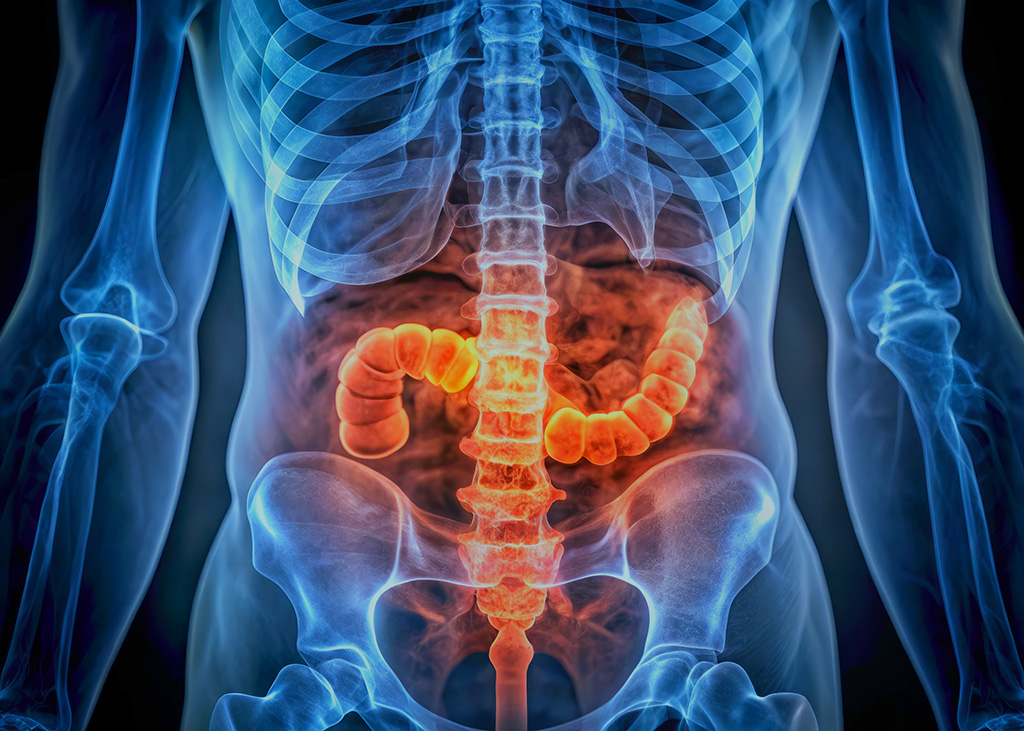Fluoroscopy
Fluoroscopy is a dynamic imaging technique that provides real-time, moving images of the body’s internal structures. Unlike a standard X-Ray, which produces static images, fluoroscopy acts like a continuous X-Ray “movie,” offering detailed visuals of organs and tissues in motion. The images are displayed on a monitor, allowing physicians to monitor and guide diagnostic or therapeutic procedures in real time.
A contrast dye, such as barium, is often used during fluoroscopy to enhance image clarity. For example, a barium swallow test evaluates the upper gastrointestinal (GI) tract, including the pharynx and esophagus. This specialized test helps doctors assess the shape, size, and functionality of these structures, offering insights not visible through standard X-Rays.
Uses of Fluoroscopy
Fluoroscopy is versatile and employed across various medical fields, including:
- Barium Swallow Tests: Used to assess swallowing function and examine the upper GI tract.
- Orthopedic Surgery: Guides surgeons during procedures involving bones, joints, or the musculoskeletal system.
- Catheter Insertion: Ensures precise placement of tubes into blood vessels or other areas of the body.
- Blood Flow Studies: Visualizes the movement of blood to and from organs to detect abnormalities.
- Enemas: Used in procedures to visualize the lower gastrointestinal tract.
- Angiography: Examines blood or lymph vessels in areas such as the heart, brain, and legs.
- Urological Surgery: Assists with procedures on the urinary tract and reproductive organs.
- Pacemaker Implantation: Ensures accurate placement of the device in the chest.
Common Fluoroscopy Procedures
Barium Swallow Test
- Purpose: Examines the pharynx, esophagus, and swallowing function.
- Procedure: Patients drink a barium solution, which enhances visibility of the GI tract during imaging. The radiologist observes the size, shape, and motion of the structures, identifying potential abnormalities.
- Applications: Often part of an upper GI series, which may include imaging of the stomach and duodenum.

